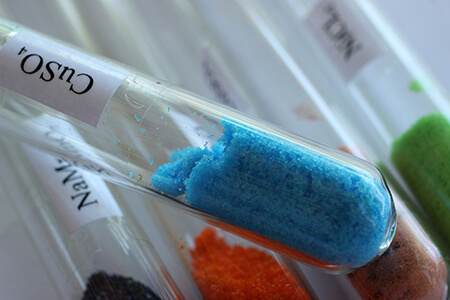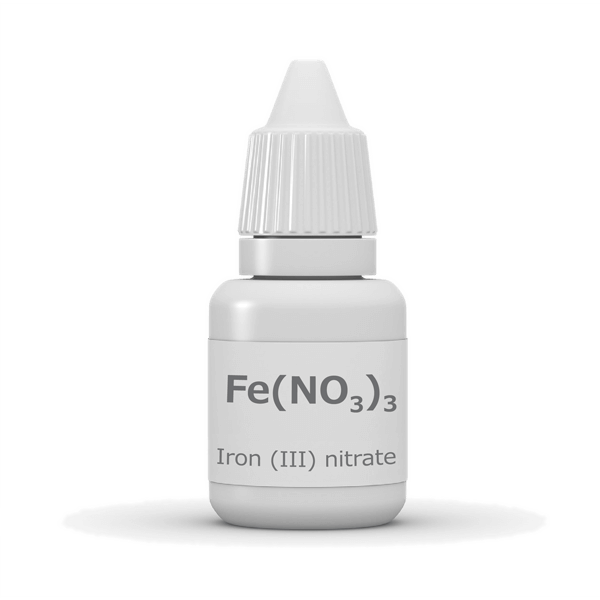This is a lesson summary. The full lesson can be viewed by purchasing an online course subscription.
Learning Objective
In this lesson we will expand our definition of oxidation and learn how it occurs in combination with reduction in redox reactions.
Learning Outcomes
Learning Objective
In this lesson we will learn how ionic formulas reflect the ratio of positive and negative ions in ionic compounds.
Learning Outcomes
By the end of this lesson you will be able to:
- Write the formula for ionic compounds containing only monatomic ions.
- Write the formula for ionic compounds containing polyatomic ions.

(Image: Ihor95, Adobe Stock)
Lesson Summary
- Although ionic compounds are composed of charged particles (ions), they have no overall charge.
- This is because the total amount of positive charge equals the total amount of negative charge.
- The formulas for ionic compounds do not represent molecules – they represent the ratio of positive and negative ions in the compound’s lattice structure.
- The ‘drag-and-drop’ method is a shorthand way of determining the formula for ionic compounds.
- It involves ‘dragging’ the number in front of each ion and ‘dropping’ it on the bottom right side (subscript) of the other ion.
- When there is more than one copy of a polyatomic ion in a formula, it needs to have brackets around it.
- When the size of the charge is the same for each ion in a compound (+1 and –1, +2 and –2, or +3 and –3), the drag-and-drop rule does not apply.
- The formula of the compound is simply a 1:1 ratio of the two ions.

(Image: Vacho, Pixabay)
(Header image: Hanna, Adobe Stock)
